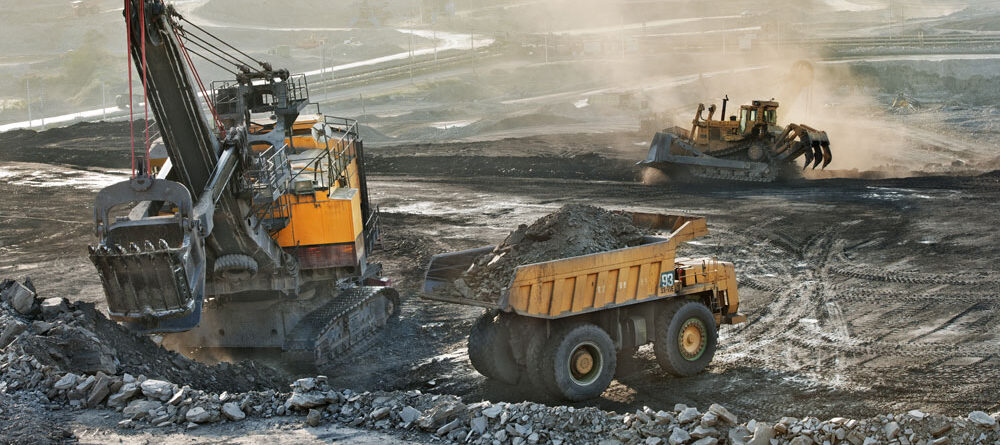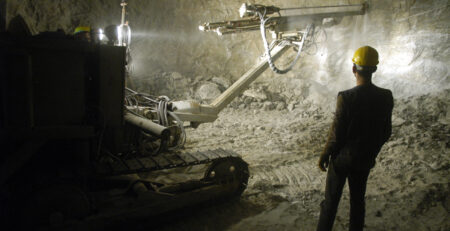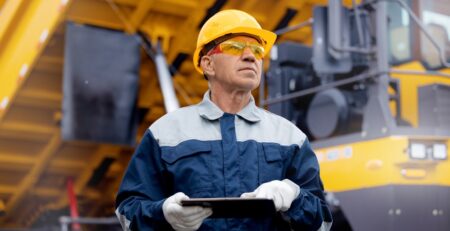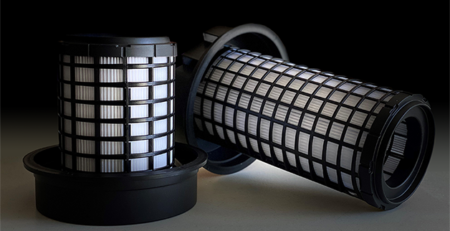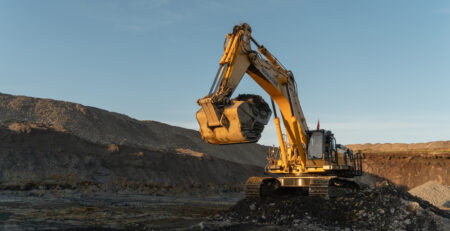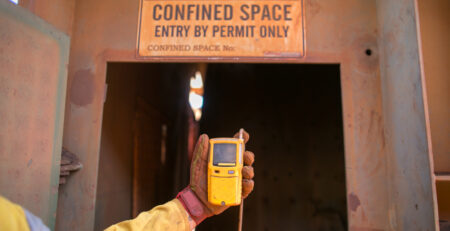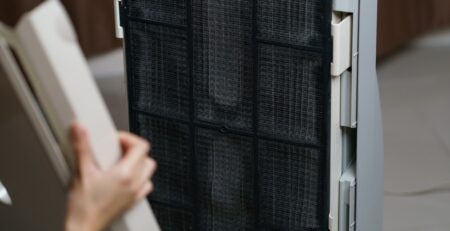ISO 23875 Standard
Protecting Workers from Health Hazards and Improving Machine Efficiencies
Workers in heavy construction and mining industries get exposed to harmful airborne particulates and elevated CO2 levels regularly. Inhaling dust particles, exhaust, asbestos, and silica can lead to long-term health issues. When exposure to CO2 levels exceeds ambient CO2 + 400 parts per million (ppm) the air inside an operator cab becomes unsafe. High levels of CO2 can cause a lack of focus or life-threatening asphyxiation.
Frequent sneezing and shortness of breath are signs of exposure to contaminated air. Overexposure increases the risk of developing medical conditions like asthma or heart problems.
ISO 23875 is an international standard for clean air in mining and heavy construction machine cabs. New requirements limit liability from exposure to airborne particulates and CO2. Efficient design, regular testing, proper operation, and regular maintenance of equipment substantially improve the quality of breathable air.
Heavy equipment operator enclosures, whether new or in operation, need to meet performance standards to protect the operator from environmental factors, leading to long-term health complications.
HVAC systems easily get clogged with particulates causing them to falter or cease working. Recirculating air inside the cab or drawing in contaminated air with high dust and CO2 levels from outside expose operators to health hazards.
The new ISO 23875 international standard means new and retrofitted equipment must comply with the regulations to protect the health and welfare of mobile mining and heavy construction operators. Here are some important things that reduce your liability.
New and Retrofit design standards
Design standards must meet safety requirements to ensure structural integrity, reduced levels of hazardous noise, and direct engine exhaust away from external intake air. The design must also allow proper access and a clear field of view for operators.
Performance Requirements
- Maximum CO2 level = Ambient CO2 level +400ppm
- <25 ug/m3 is the maximum respirable particulate matter concentration allowable at the beginning and end of a decay test with a maximum of 120 seconds decay time
- Improve HVAC filter efficiency using ISO 15 E or ISO 35 H HEPA filter – high-efficiency filters to minimize CO2 and dust build-up in the operator cab
- Minimum sustained pressure is 20 Pa or higher (with machine key in “on” position) and the maximum sustained pressure is not to exceed 200 Pa
- Monitoring devices both audible and visible must meet ISO standards for pressure and CO² in varying conditions
- When in operation, external devices must be simultaneously activated to provide proper air exchange
Engineering Requirements
- Operator enclosure is completely sealed at all ingress points to prevent particles from seeping in
- No modification of protective structure systems without permission from the machine manufacturer
- Material used in the cab should not easily accumulate particulates
- Parts of the cab prone to leakage should aim away from the external intake air-system
- Flexible connectors need to relieve vibration stress
Testing requirements
Regular testing is mandatory to check for the minimum and maximum pressures inside an operator enclosure. Real-time airborne particulate monitors will identify external leakage from filters, seals, intake areas, or damaged parts. CO2 tests get performed with an operator inside the cab or using a device to mimic human CO2 generation. Decay tests are also performed, but without an operator inside to determine particulate concentration. All findings get recorded.
All equipment maintenance occurs at regular service intervals. Proper protocols and safety practices increase awareness to operators. Owners, managers, and workers should familiarize themselves with the new ISO 23875 standard to lower incidents of lung damage, equipment failure, employee turnover, and liability.


